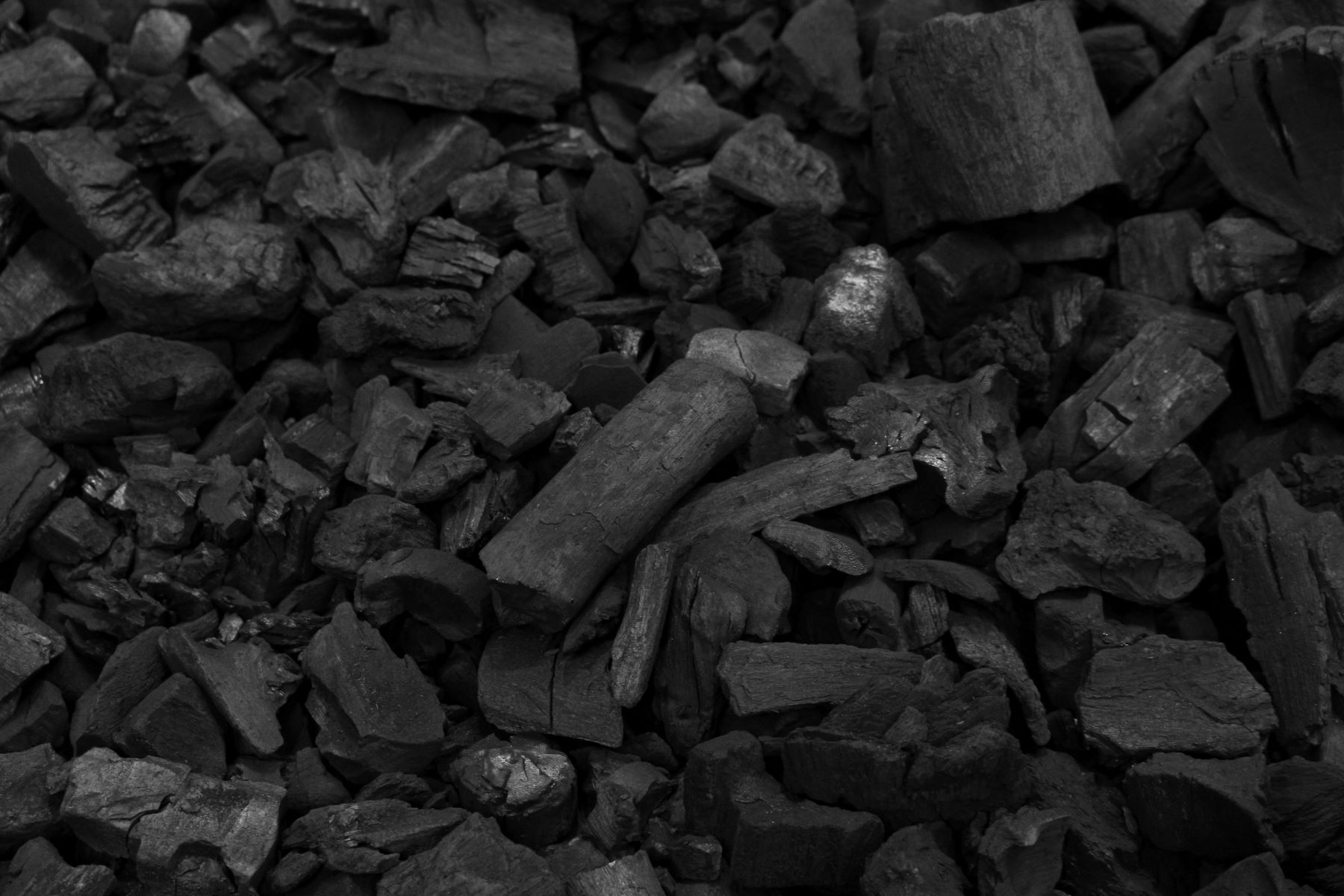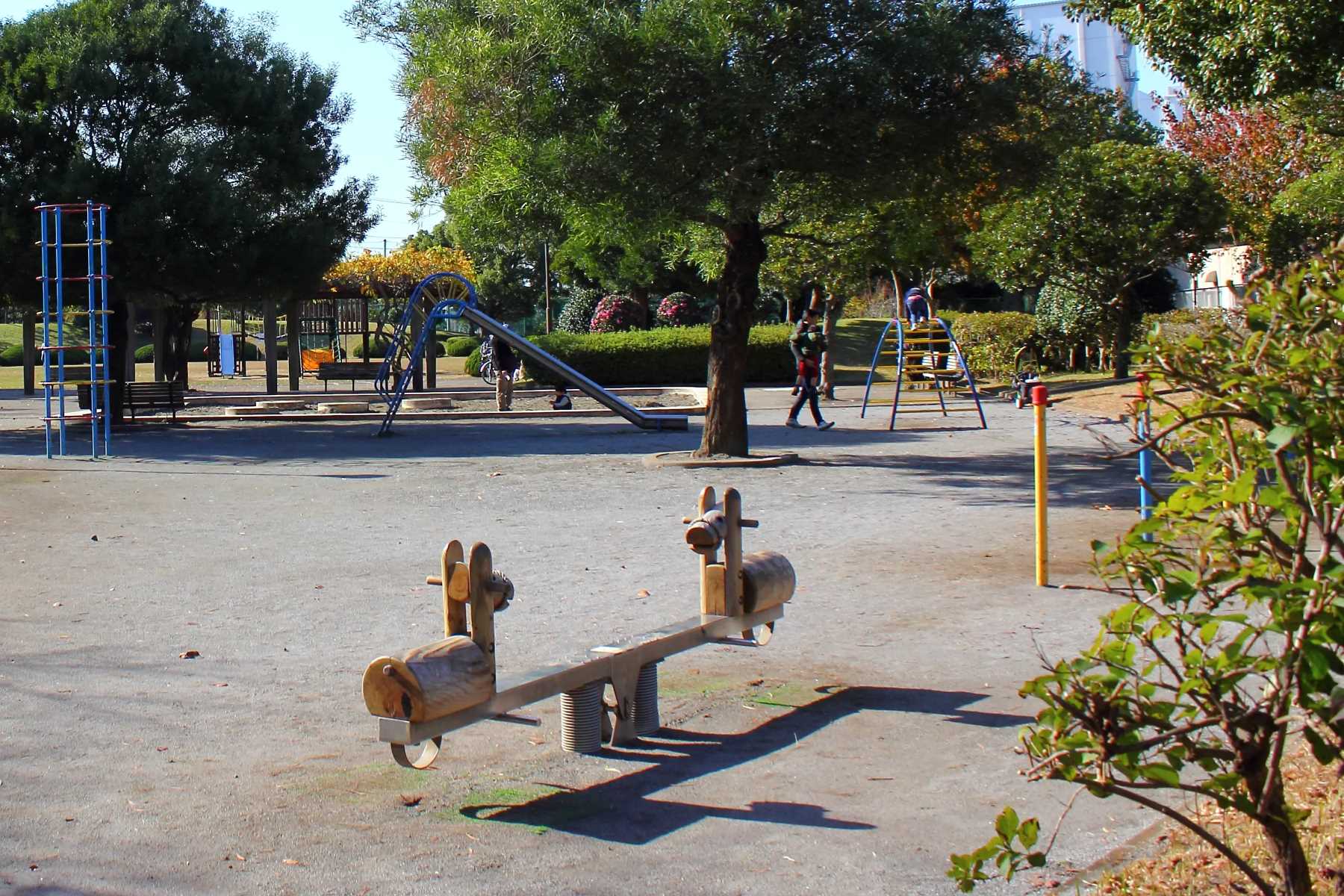Home>Science>The Surprising Truth About Charcoal: Does It Really Last Forever?


Science
The Surprising Truth About Charcoal: Does It Really Last Forever?
Published: February 13, 2024
Discover the surprising truth about charcoal and its longevity. Uncover the science behind whether it really lasts forever. Explore the facts now.
(Many of the links in this article redirect to a specific reviewed product. Your purchase of these products through affiliate links helps to generate commission for Regretless.com, at no extra cost. Learn more)
Table of Contents
Introduction
Charcoal is a substance that has been an integral part of human history for millennia. Its uses are diverse, ranging from cooking and heating to industrial applications and art. However, the impact of charcoal production and consumption on the environment has raised concerns in recent years. As we delve into the surprising truth about charcoal, we will explore its composition, historical significance, environmental implications, and the enduring question: does charcoal really last forever?
Throughout this article, we will unravel the mysteries surrounding charcoal and shed light on its often overlooked intricacies. By examining its past, present, and potential future, we aim to provide a comprehensive understanding of this enigmatic substance. So, let's embark on this fascinating journey to uncover the truth about charcoal and its lasting legacy.
What is Charcoal?
Charcoal is a lightweight black carbon residue produced by removing water and other volatile constituents from animal and vegetation substances. The process of creating charcoal, known as pyrolysis, involves heating organic material in the absence of oxygen. This results in a highly porous substance with a high carbon content, making it a valuable material with diverse applications.
There are two primary types of charcoal: wood charcoal and activated charcoal. Wood charcoal is derived from heating wood in a low-oxygen environment, resulting in a porous and highly carbonized product. On the other hand, activated charcoal is created by further processing wood charcoal with oxidizing gases, which increases its porosity and surface area, enhancing its adsorption capabilities.
Charcoal has been utilized by various cultures throughout history for cooking, heating, and medicinal purposes. Its ability to reach high temperatures and burn without smoke made it an essential resource for early human civilizations. Additionally, the porous nature of charcoal has made it a valuable material for water filtration and purification.
In modern times, charcoal continues to be widely used for cooking, particularly in grilling and barbecuing. Its high heat retention and low smoke production make it an ideal fuel source for outdoor cooking. Moreover, activated charcoal has found applications in medicine, environmental remediation, and even beauty products due to its adsorption properties.
The versatility of charcoal extends beyond traditional uses, with ongoing research exploring its potential in renewable energy and carbon sequestration. As we delve deeper into the properties and applications of charcoal, it becomes evident that this seemingly simple substance holds a wealth of possibilities and untapped potential.
Charcoal's unique properties and historical significance make it a subject of both scientific inquiry and cultural interest. By understanding the nature of charcoal, we can appreciate its enduring relevance and the intriguing possibilities it presents for the future.
The History of Charcoal
The history of charcoal is intertwined with the evolution of human civilization, dating back thousands of years. Its significance can be traced through various cultures and time periods, reflecting its enduring impact on human progress.
Ancient civilizations, such as the Egyptians and the Greeks, recognized the value of charcoal for its ability to produce intense heat with minimal smoke. The use of charcoal as a fuel source for cooking and metalworking contributed to the advancement of these societies, enabling them to refine metal ores and create intricate metalwork.
In Asia, particularly in Japan, charcoal played a vital role in the development of traditional arts such as pottery and sword making. The meticulous process of creating high-quality charcoal, known as "binchotan," became a revered craft, yielding charcoal with exceptional purity and long-lasting heat.
During the industrial revolution, charcoal was a cornerstone of energy production and metallurgy. Its use in iron smelting and steel production fueled the rapid expansion of industrial economies, laying the foundation for modern infrastructure and technological advancements.
The widespread adoption of coal and later petroleum-based fuels gradually diminished the prominence of charcoal as an industrial energy source. However, its significance persisted in artisanal crafts, culinary traditions, and rural communities where access to alternative fuels was limited.
In recent decades, there has been a renewed interest in sustainable and eco-friendly alternatives, leading to a resurgence in the use of charcoal for cooking and heating. This resurgence has sparked innovation in charcoal production methods, emphasizing efficiency and environmental stewardship.
The historical journey of charcoal reflects its adaptability and resilience in the face of changing energy paradigms. From ancient civilizations to contemporary sustainability efforts, charcoal has left an indelible mark on human history, shaping cultural practices and technological advancements.
By examining the historical trajectory of charcoal, we gain a profound appreciation for its enduring legacy and the lessons it offers for sustainable resource utilization. As we continue to explore the potential applications of charcoal in the modern era, we are reminded of its timeless relevance and the valuable insights it provides into the intersection of human ingenuity and natural resources.
The Environmental Impact of Charcoal
The production and consumption of charcoal have significant environmental implications, encompassing aspects of deforestation, air quality, and carbon emissions. One of the primary concerns associated with charcoal production is the depletion of forests. Deforestation, often driven by the demand for wood used in charcoal production, contributes to habitat loss, biodiversity decline, and disruption of ecological balance. Sustainable forest management practices are crucial in mitigating these adverse effects, ensuring the preservation of vital ecosystems and the long-term availability of wood resources.
Furthermore, the process of pyrolysis, which is integral to charcoal production, releases carbon dioxide and other greenhouse gases into the atmosphere. These emissions contribute to climate change and air pollution, impacting both local and global environmental conditions. In regions where traditional charcoal production methods are prevalent, the inefficient combustion of biomass leads to elevated levels of particulate matter and harmful pollutants, posing health risks to communities and ecosystems.
The environmental impact of charcoal extends beyond its production phase to encompass its utilization. Inefficient combustion of charcoal for cooking and heating purposes can result in indoor air pollution, particularly in households without proper ventilation. This poses health risks, especially for women and children who are disproportionately affected by exposure to indoor air pollutants. Additionally, the use of charcoal for industrial processes and energy production can contribute to air and water pollution if not managed responsibly.
Addressing the environmental impact of charcoal necessitates a multi-faceted approach, encompassing sustainable forestry practices, cleaner production technologies, and efficient utilization methods. Initiatives promoting reforestation, agroforestry, and sustainable charcoal production offer promising solutions to mitigate the environmental footprint of charcoal. Furthermore, the development and adoption of clean cookstoves and improved combustion technologies can enhance the efficiency of charcoal use, reducing emissions and safeguarding air quality.
By acknowledging and addressing the environmental challenges associated with charcoal, we can pave the way for a more sustainable and responsible approach to its production and consumption. Embracing innovative solutions and advocating for environmentally conscious practices can ensure that the legacy of charcoal is intertwined with environmental stewardship and a commitment to preserving the natural world for future generations.
Does Charcoal Really Last Forever?
The enduring myth surrounding charcoal's longevity has sparked curiosity and debate. While charcoal is renowned for its stability and resistance to decomposition, the notion of it lasting forever requires a nuanced examination.
Charcoal's remarkable durability stems from its carbon-rich composition and the pyrolysis process, which removes volatile components, leaving behind a highly stable carbon matrix. This intrinsic stability has contributed to the preservation of charcoal remnants in archaeological sites for thousands of years, providing valuable insights into past human activities and environmental conditions.
However, the claim that charcoal lasts forever warrants scrutiny in the context of natural degradation and environmental factors. Despite its resistance to decay, charcoal is susceptible to physical weathering and erosion, particularly when exposed to the elements. Over time, external forces such as wind, water, and microbial activity can gradually break down charcoal particles, albeit at a significantly slower rate compared to other organic materials.
Moreover, the long-term fate of charcoal is influenced by its environmental context. In oxygen-deprived environments such as waterlogged sediments or anaerobic soils, charcoal can persist for extended periods, effectively sequestering carbon and contributing to soil fertility. Conversely, in aerobic environments with microbial activity, the decomposition of charcoal may occur at a more noticeable pace, albeit still considerably slower than that of organic matter.
The notion of charcoal lasting forever also intersects with its role in carbon sequestration. When incorporated into soils, charcoal, known as biochar, can exhibit remarkable stability, effectively locking away carbon for extended periods and mitigating atmospheric carbon dioxide levels. This aspect underscores the potential for charcoal to contribute to long-term carbon storage and climate change mitigation efforts.
In essence, while the claim that charcoal lasts forever may be an exaggeration, its exceptional stability and enduring presence in various environmental contexts underscore its significance as a long-lasting carbon reservoir. By recognizing the complex interplay of factors influencing charcoal's persistence, we gain a deeper understanding of its role in carbon cycling, soil dynamics, and environmental processes.
The enigma of charcoal's longevity invites further exploration, prompting ongoing research into its fate in diverse ecosystems and its implications for carbon management. As we unravel the mysteries surrounding the persistence of charcoal, we gain valuable insights into the dynamic interactions between carbon, the environment, and the enduring legacy of this remarkable substance.
The Future of Charcoal
The future of charcoal is poised at the intersection of tradition and innovation, offering a compelling narrative of sustainability, technological advancement, and environmental stewardship. As global efforts to transition towards renewable and eco-friendly energy sources gain momentum, charcoal emerges as a versatile and potentially transformative element in this evolving landscape.
Sustainable charcoal production practices, coupled with responsible forest management, hold the key to shaping the future of charcoal. Embracing efficient and low-impact methods for charcoal production can minimize environmental degradation while ensuring the preservation of vital forest ecosystems. By promoting sustainable forestry and agroforestry initiatives, the future of charcoal production can align with principles of ecological balance and long-term resource sustainability.
Furthermore, advancements in carbon capture and utilization technologies present promising avenues for the future of charcoal. The concept of biochar, a form of charcoal produced through pyrolysis of organic matter, has garnered attention for its potential to sequester carbon and enhance soil fertility. Integrating biochar into agricultural practices not only offers a means of carbon storage but also contributes to improved soil health and crop productivity. This dual benefit underscores the transformative potential of charcoal in addressing climate change and enhancing agricultural sustainability.
In the realm of energy production, the utilization of charcoal as a renewable fuel source holds promise for decentralized and off-grid energy solutions. Clean and efficient cookstoves powered by charcoal can offer a viable alternative for communities lacking access to conventional energy infrastructure. By leveraging improved combustion technologies and promoting the use of sustainably produced charcoal, the future of charcoal in household energy can align with clean energy objectives, benefiting both people and the planet.
Moreover, the integration of charcoal into circular economy models and sustainable industrial processes presents opportunities for enhancing resource efficiency and reducing carbon emissions. From carbon-neutral manufacturing processes to innovative applications in water treatment and environmental remediation, charcoal stands poised to play a pivotal role in promoting circularity and mitigating environmental impact across diverse sectors.
As we navigate the future of charcoal, it is imperative to foster collaboration among stakeholders, including researchers, policymakers, and industry leaders, to drive innovation and promote responsible utilization. By embracing a holistic approach that encompasses ecological integrity, technological innovation, and social equity, the future of charcoal can embody a narrative of resilience, sustainability, and enduring relevance in a rapidly evolving world.
In essence, the future of charcoal is characterized by a dynamic convergence of tradition and innovation, offering a pathway towards sustainable energy, environmental stewardship, and societal well-being. By embracing the potential of charcoal as a catalyst for positive change, we can chart a course towards a future where the enduring legacy of this remarkable substance is intertwined with sustainable progress and a harmonious coexistence with the natural world.
Conclusion
In conclusion, the enigmatic nature of charcoal transcends its seemingly simple composition, delving into a realm of historical significance, environmental impact, and potential for sustainable innovation. Throughout history, charcoal has been an indispensable resource, shaping the evolution of human societies and leaving an enduring imprint on cultural practices and technological advancements. Its resilience and versatility have rendered it a timeless companion to humanity, offering warmth, sustenance, and invaluable insights into the past.
The environmental impact of charcoal production and utilization underscores the imperative of embracing responsible practices and innovative solutions to mitigate its footprint. Addressing deforestation, promoting sustainable forestry, and advancing clean technologies are pivotal in shaping a future where charcoal coexists harmoniously with the natural world, contributing to ecological balance and climate resilience.
The enduring question of whether charcoal truly lasts forever invites contemplation on its role as a carbon reservoir and its dynamic fate in diverse environmental contexts. While the myth of eternal longevity may be a poetic exaggeration, the enduring presence of charcoal in archaeological sites and its potential for long-term carbon sequestration underscore its significance as a resilient and enduring component of the carbon cycle.
Looking ahead, the future of charcoal embodies a narrative of transformation, where tradition converges with innovation to forge a path towards sustainable energy, agricultural resilience, and circular economy principles. By harnessing the potential of charcoal as a catalyst for positive change, we can envision a future where its legacy is intertwined with environmental stewardship, technological ingenuity, and societal well-being.
As we navigate the complexities and possibilities surrounding charcoal, it becomes evident that its enduring truth lies not only in its physical properties but in the stories it tells, the lessons it imparts, and the potential it holds for a future where sustainability and progress walk hand in hand. Embracing this truth, we embark on a journey where the enigmatic allure of charcoal continues to inspire, educate, and pave the way for a world where its legacy endures as a symbol of resilience, innovation, and reverence for the natural world.














